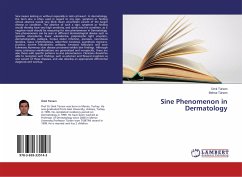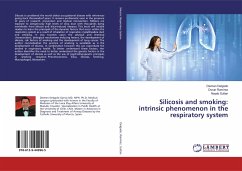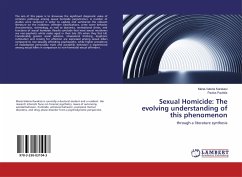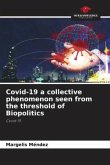Sine means lacking or without especially in Latin phrases1. In dermatology, the term sine is often used in regard to any sign, symptom or finding whose absence would very likely mean uncommon variant of the target disease or condition. The absence of such a sign, symptom or finding would thereby have very high sensitivity, and rarely miss the condition, so a negative result should be reassuring for sine phenomenon in Dermatology. Sine phenomenon can be seen in different dermatological disease such as systemic scleroderma, linear scleroderma, polymorphic light eruption, dermatomyositis, pellagra, herpes zoster infection, psoriasis, necrobiosis lipoidica, lupus erythematosus, seborrheic keratosis, acanthosis nigricans, pruritus, eccrine hidradenitis, pellagra, keratosis follicularis and acne fulminans.Numerous skin disease processed exhibit skin findings. Although many cutaneous manifestations are generalized and nonspecific, there are also those with specific patterns as sine phenomenon. Clinicians should be able to recognize such findings, such as extensor and flexural eruptions as sine variant of these diseases, and also develop an appropriate differential diagnosis and workup.







